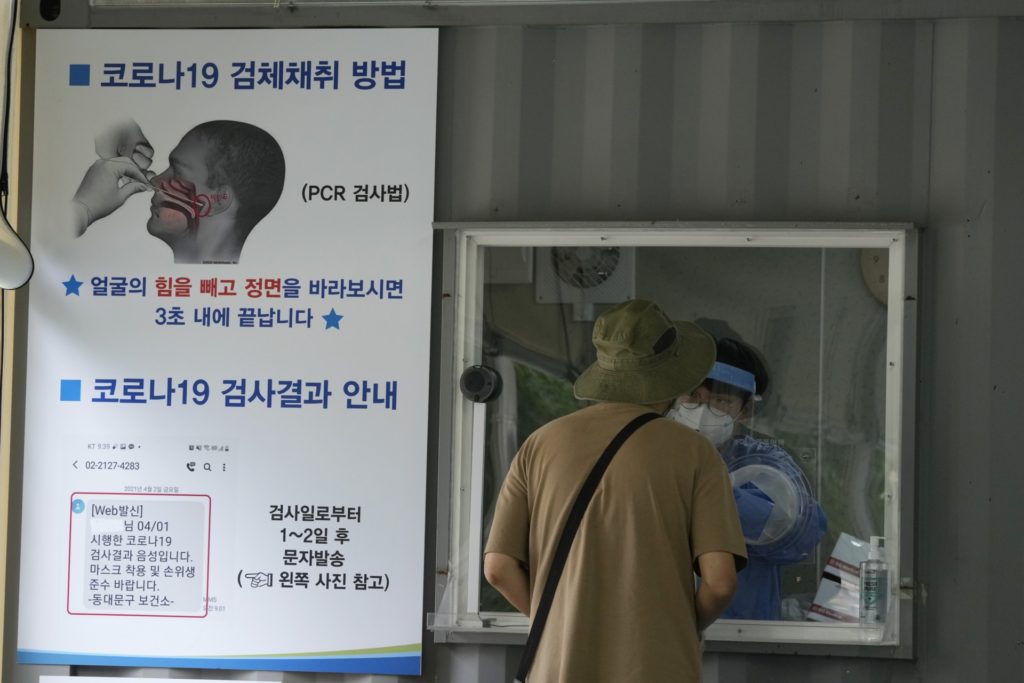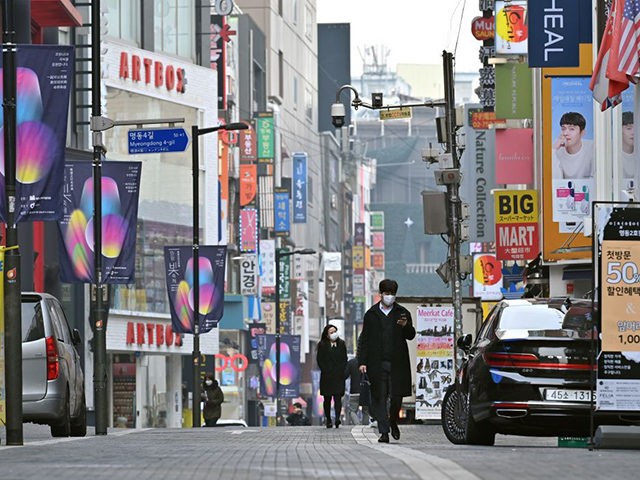The number of South Korean families that moved from “urban areas to farming villages” reached an “all-time high” last year, Yonhap News Agency reported Thursday, noting that the phenomenon came in response to prolonged pandemic restrictions and surging home prices nationwide.
A total of 377,744 South Korean households moved from cities to the countryside in 2021. The statistic marked an increase of 5.6 percent from 2020 and the highest such figure recorded since South Korea’s federal government began compiling relevant data in 2013.
“The number of people who relocated to rural areas also rose 4.2 percent on-year to 515,434 last year, marking a second consecutive on-year increase,” Yonhap reported on June 23 citing official data from South Korea’s Ministry of Agriculture, Food and Rural Affairs.
“The number of those in their 30s and younger, as well as those in their 60s and older, who opted to live in farming villages, grew 5 percent and 16.4 percent on-year, respectively, to lead the overall gain,” Yonhap relayed.

A medical worker in a booth takes a nasal sample from a man at a coronavirus testing site in Seoul, South Korea, Tuesday, July 6, 2021. The sign at left reads: “How to collect COVID-19 samples.” (AP Photo/Ahn Young-joon)
According to the new data set, 1,135 South Korean households moved from urban centers to “fishing towns” in 2021. The figure marked an increase of 26.5 percent from 2020.
“It is the first time since 2018 that the figure marked an on-year growth,” Yonhap observed of the moves to fishing villages.
In a press release announcing the new statistics, South Korea’s agriculture ministry said, “more people appeared to have sought new job opportunities amid the coronavirus pandemic and affordable homes over surging housing prices.”
South Korea’s anti-epidemic movement and gathering restrictions persisted nationwide over most of the past two years since the Chinese coronavirus pandemic began in March 2020. The South Korean federal government continued to enforce oppressive curfews and patron limits on small businesses across the country and especially in Seoul through mid-April.
The transition team of conservative South Korea President Yoon Suk-yeol, who was then president-elect, successfully convinced South Korea’s then-leftist government to drop most remaining business curfews and limitations in mid-April. The effort was met with widespread relief from small business owners nationwide, a great number of whom had repeatedly protested the measures over the past two years for crippling their business revenues.
Yoon’s transition team announced on April 28 plans to compensate 5.51 million small business owners across South Korea for economic losses suffered as a direct result of the previous administration’s business curfews once Yoon took office in May.
Yoon’s transition team chief, Ahn Cheol-soo, said Yoon — who was officially sworn in as president on May 10 — promised to provide “a 100-day road map that aims to fully compensate the pandemic-hit small business owners,” Yonhap reported at the time.
“Ahn said 5.51 million small businesses suffered an estimated 54 trillion won (US$42.4 billion) worth of damage in the past two years due to the pandemic,” the news agency relayed.
“The exact calculation of damage is the basic of the basics,” Ahn told reporters on April 28. “I cannot understand why (the current government) has not done it.”

COMMENTS
Please let us know if you're having issues with commenting.